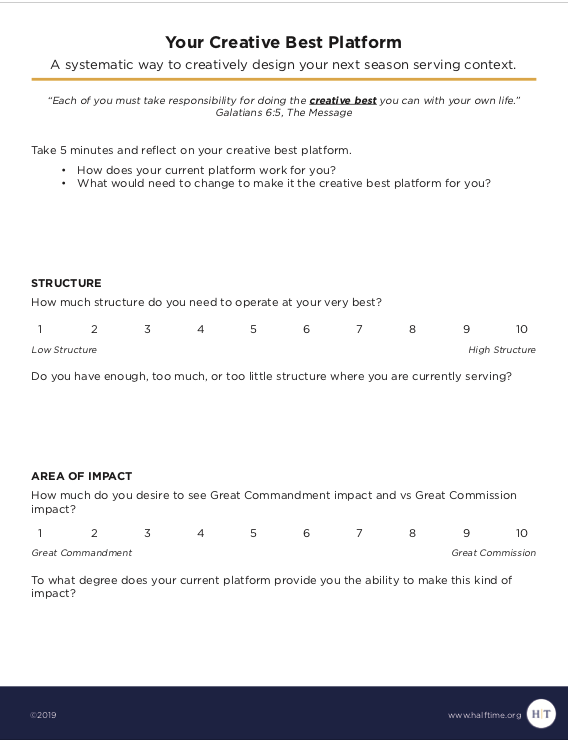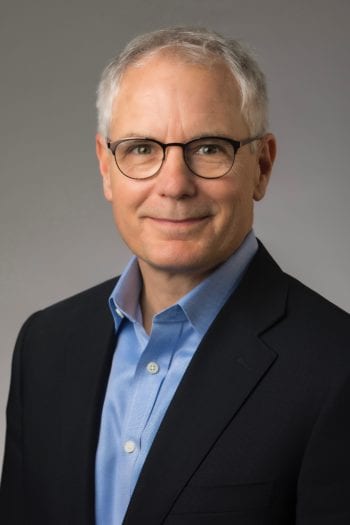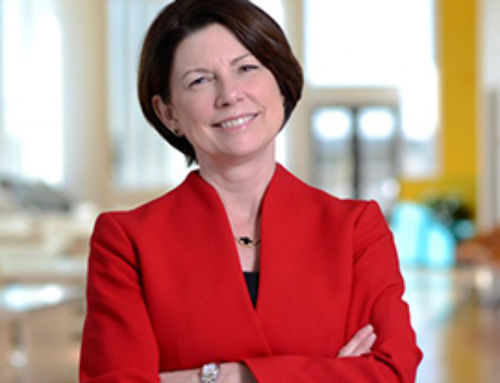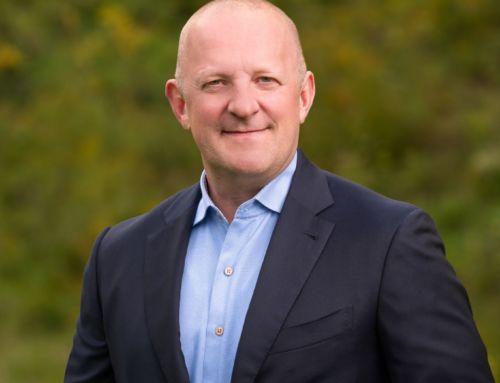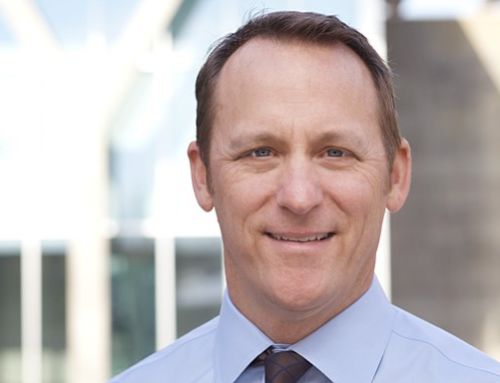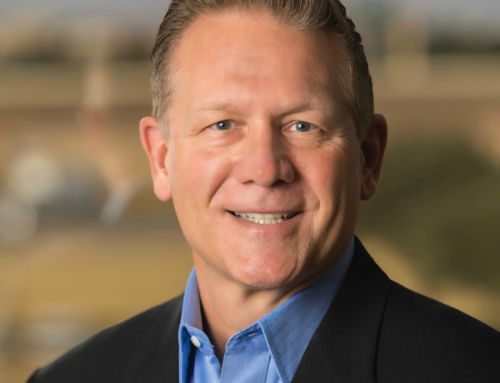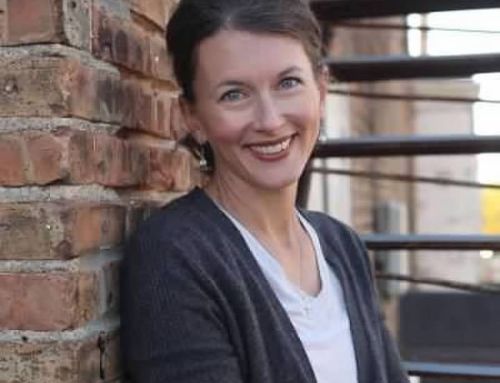A systematic way to creatively design your second half serving context
Once you know what your calling is, how do you design the best way to live it out?
Gal 6:1-5 in the Message translation says:
“Live creatively, friends, make a careful exploration of who you are and the work you have been given, and then sink yourself into that. Don’t be impressed with yourself. Don’t compare yourself with others. Each of you must take responsibility for doing the creative best you can with your own life.”
I want to focus on the phrase, “Each of you must take responsibility for doing the creative best you can with your own life.”
What does that mean for you? How would you go about doing the creative best with the rest of your life?
Once you are clear on your calling, you are only part way there. Now you need to sort out where you should live it out. What organization should you join? What role in that organization? Is it a portfolio of roles with some common theme? Where will you work and how much?
Galatians 6 goes on in verse 9 to say, “So let’s not allow ourselves to get fatigued doing good. At the right time we will harvest a good crop if we don’t give up, or quit.”
Thus, an important component of doing the creative best with your life is finishing well to avoid burning out. If you have the right platform, it will help you finish well. If you are struggling with the wrong platform, it will make it harder to finish well.
What creative platform will enable you to make your best contribution?
A platform allows people with different strengths but a common vision to leverage processes to serve more people more effectively.
Working alone is seldom the best situation. Jesus didn’t try to live out his calling alone, he built a team. He assigned roles based on their backgrounds and strengths. He developed their skills. They came back and shared with him what their results were.
When we started the Halftime Institute, we set out to help people craft their next season mission. We have discovered that asking 5 Essential Questions can save time and increase the likelihood of a good fit.
Designing your Creative Platform
Here are five important elements of designing your creative platform
-
Do STRUCTURED or UNSTRUCTURED environments suit you best?
By structure I mean the processes, people and systems to support your work. It also likely brings an element of bureaucracy.
-
Are you called to GREAT COMMANDMENT or GREAT COMMISSION impact?
Do you feel called to great commission type impact (evangelism, making disciples, etc.) or great commandment type impact (love your neighbor as yourself, mercy and justice causes, etc.). Jesus told us to do both, but you may feel more called to one than the other. It is helpful to know where you want to focus so that you can make a deeper, more significant impact.
-
Is your calling more CAUSE-FOCUSED or CONTRIBUTION-FOCUSED?
This question is more about whether your calling is more focused around applying a specific skill or around pouring into a particular passion. Typically, your next season mission will be more heavily weighted on one or the other. Ask yourself: Is your calling specific to a cause or group of people, or are you called to a specific kind of contribution that could easily apply to many causes or people groups?
-
Is your calling more about a SPECIFIC PLACE or a PORTFOLIO?
Do you operate best with a singular focus or do you thrive on having multiple things going on at a time? Some halftimers do best with a singular place to focus their talents and resources. Others, develop a broad portfolio of interests that have common elements. Sometimes developing a portfolio for impact can help you build coalitions across a particular passion or interest.
-
What should your ROLE look like?
Almost every platform provides opportunities for directly serving people, managing the organization or strategic roles (such as board role), or as a silent partner or ambassador. What percentage of your time would you like to directly serve people, to manage the people and processes that execute the programs and/or to provide strategy and oversight?
When I designed my next season platform, I knew enough about myself to know that I don’t do well managing people. I’m at my creative best when I’m providing strategic oversight and working directly with people (i.e. coaching halftimers in my case).
It can be helpful to look at some examples of how others answered these 5 questions. Some elements stand out more than others in terms of priority, as you’ll see below. Use these examples as fodder for your consideration of your own second half platform.
3 Case Study Examples:
Kem Wilson: Unstructured, Discipleship, Memphis-Focused Portfolio
Kem lives in Memphis, TN, and is focused on transforming his city for Christ. His core ability is finding talented leaders with a passion and helping them garner the team and credibility and funding their need to be successful. He’s a stateman and an influencer, but influence would probably be inhibited if he got stuck in one organization.
Edgar Sandoval: Structured, Executive-focused on Poor Globally
Edgar experienced poverty growing up, then was groomed to be a merchandizing executive of a complex global organization. He now serves as the Executive Director of World Vision, a federation of 90+ organizations serving the poor with local national leaders. His platform leverages his first-half expertise in management in a global organization that focuses in his area of passion.
Michael Spraggins – Structured, Portfolio, Entrepreneur
Michael is a visionary, but unlike many visionaries, he is very strong in execution. Michael moves fluidly between managing five direct reports at a company and also serving as the new Executive Director at a ministry. He loves the challenge of business and the cash flow it provides. He knows he would miss business if he focused entirely on nonprofit ministry work. He’s that person who has to have several things going on at the same time – in fact, he’s thinking of starting another nonprofit.
Take 5 minutes and reflect on your creative best platform.
- How does your current platform work for you?
- What would need to change to make it the creative best platform for you?
Closing Thoughts
My hope is that these 5 questions will lead you to greater clarity about HOW to go about your next season calling and be able to think proactively about where you’re best suited to contribute.
After twenty years of walking this road, I can tell you that you will need to revisit your platform from time to time to adjust, even if your calling is the same. As your contribution grows, you may be forced to change the organization, role, or how you allocate your time.
I guess that’s all part of the work of doing the creative best we can with our own life.
